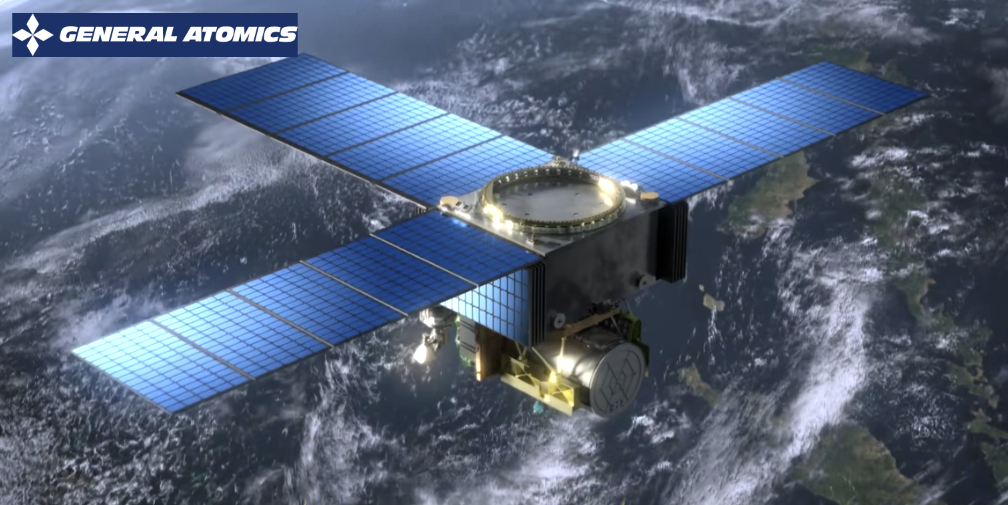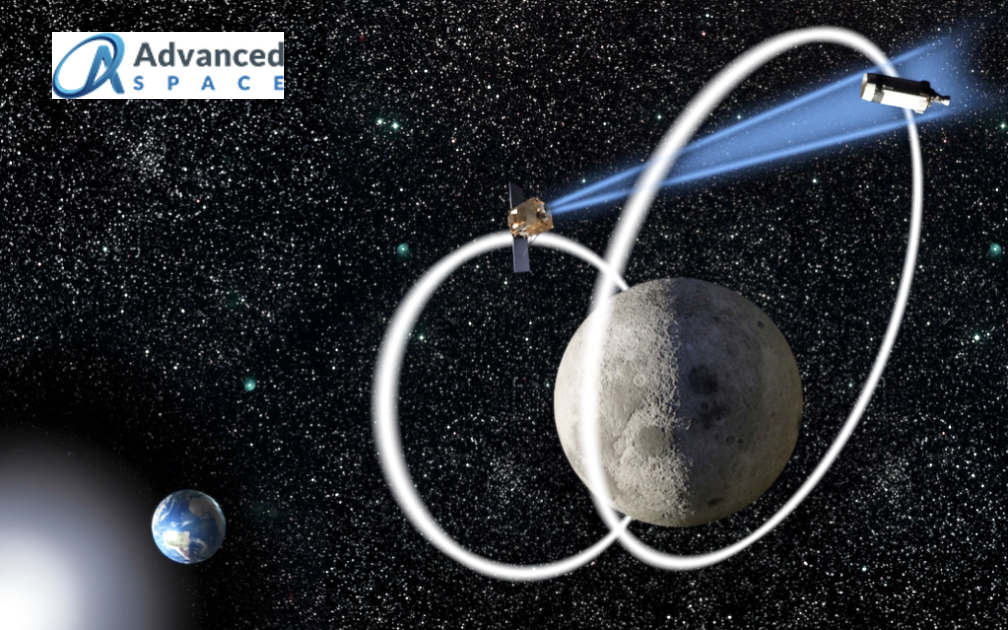
General Atomics Electromagnetic Systems (GA-EMS) is now under contract to Advanced Space LLC to build an ESPA-Grande class satellite, perform payload integration, and space vehicle test for the Air Force Research Laboratory (AFRL) Oracle spacecraft program.

Oracle will demonstrate space situational awareness (SSA) and Position, Navigation and Timing (PNT) techniques using advanced technologies capable of detecting and tracking objects in cislunar space.
The AFRL Oracle spacecraft program is intended to demonstrate advanced techniques to detect and track objects in the region near the Moon that cannot be viewed optically from the Earth or from satellites in traditional orbits such as GEO. The anticipated launch date for the Oracle spacecraft is late 2025.

The Oracle project was awarded through Air Force Research Laboratory (AFRL) using the Space Enterprise Consortium (SpEC) OTA vehicle, which is managed by NSTXL.

“On-orbit capability to generate greater space situational awareness has wide application as space exploration and efforts to return to the Moon continue to accelerate,” said Scott Forney, president of GA-EMS. “We are proud to be part of Advanced Space’s world- class Oracle mission team, which includes Leidos, a leading space sensor technology provider. We are leveraging our standard GA- 500 satellite bus, which is being developed for the United States Space Force (USSF) under the EO/IR Weather System (EWS) contract, to build an optimized spacecraft integrated with Leidos’ high-performance space optical payload and a customer provided green propulsion system to fulfill Oracle’s two-year mission demonstration lifecycle.”
“Our GA-500 bus is part of an expanding portfolio of configurable, flight-proven ESPA-class satellites offering customers greater versatility to launch missions rapidly and efficiently into space,” said Gregg Burgess, vice president of GA-EMS Space Systems. “We look forward to delivering a tailored, rad-hardened Oracle spacecraft capable of operating in the very challenging cislunar space environment. The cislunar region continues to be a strategic area of focus for us to leverage our expertise in satellite design, manufacturing, and payload development and integration to support new missions operating in the space from the Earth to the Moon.”
General Atomics Electromagnetic Systems (GA-EMS) Group is a global leader in the research, design, and manufacture of first-of-a- kind electromagnetic and electric power generation systems. GA-EMS’ history of research, development, and technology innovation has led to an expanding portfolio of specialized products and integrated system solutions support ing aviation, space systems and satellites, missile defense, power and energy, and processing and monitoring applications for critical defense, industrial, and commercial customers worldwide.
